John D. Wade (University of Melbourne)
Marie-Isabel Aguilar (Monash University)
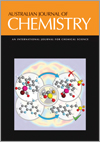
Australian Journal of Chemistry
Volume 76 Number 8 2023
Special IssueDedication to Professor Edouard Nice
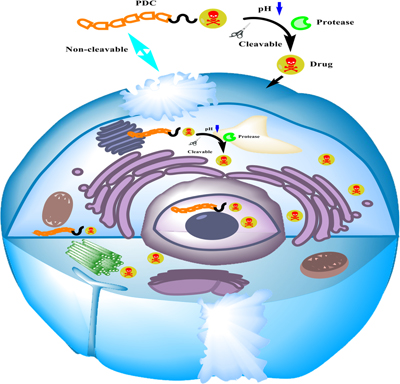
Peptide drug conjugates are obtained by conjugating a peptide to a payload molecule using a specific linker to improve the physicochemical properties of the payload molecule and targeting efficacy. After targeting tumour cells, PDCs can enter the cells in different ways to achieve toxicity effects, with low toxic side effects on normal cells.
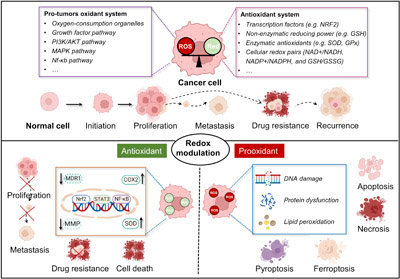
Redox is related to tumor initiation, progression and treatment. Aberrant elevated reactive oxygen species and antioxidant systems maintain a high setpoint of redox homeostasis and confer cancer cells with a proliferative advantage. Parturition of the cellular redox balance provides promising therapy for eliminating cancer cells.
CH22246 Abstract | CH22246 Full Text | CH22246PDF (1.1 MB) Open Access Article
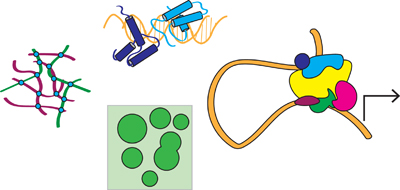
Proteins that regulate transcription are highly intrinsically disordered, which is strongly linked to multivalent binding and liquid–liquid phase separation. The biological relevance of widespread phase separation is controversial, but many transcriptional proteins co-cluster with other factors, forming multiprotein–DNA complexes and multivalent dynamic hubs to target DNA and initiate transcription. Nucleic acids and other biopolymers (green, purple) and transcription factors (blue) form multivalent networks. TFs (blue) make direct interactions with DNA (orange). Multiple TFs (multiple colours) interact with DNA (orange) to initiate transcription. Dark green indicates concentrated liquid droplets surrounded by a low concentration liquid phase.
CH22269 Abstract | CH22269 Full Text | CH22269PDF (1.3 MB) Open Access Article
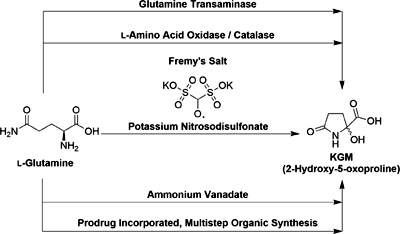
Transamination of l-glutamine yields α-ketoglutaramate (KGM), which, at neutral pH, exists mostly (99.7%) as a lactam (2-hydroxy-5-oxoproline). KGM may also be synthesized using multiple methods including oxidation with: (1a) l-amino acid oxidase, (1b) Fremy’s salt, (1c) ammonium vanadate and (2) a multistep organic synthesis procedure.
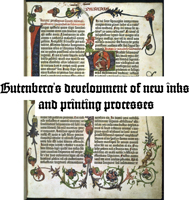
Johannes Gutenberg is widely regarded as the father of printing through his contribution to the invention and development of the printing press and associated technologies such as the chemistry of metal type and printing ink. His work has had a major impact on the development and culture of science and on the language of printing in today’s world.
CH22253 Abstract | CH22253 Full Text | CH22253PDF (828 KB) Open Access Article

Data-independent acquisition (DIA) has developed into an important method for quantitative proteomics, to capture the depth and dynamics of biological systems, and to perform large-scale protein quantification. To celebrate the > 10 years of DIA, we interviewed some of the scientific leaders who have provided crucial improvements to the DIA workflow.
CH23039 Abstract | CH23039 Full Text | CH23039PDF (1.7 MB) Open Access Article
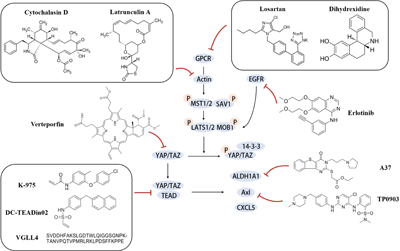
Hippo signaling plays critical roles in cancer initiation and progression. Chemicals targeting the YAP/TAZ–TEAD complex (e.g. verteporfin, K975, DC-TEADin02, VGLL4, etc.), or the upstream regulators of YAP/TAZ (e.g. latrunculin A, cytochalasin D, losartan, dihydrexidine, erlotinib, etc.), or the downstream effectors of YAP/TAZ (e.g. A37, TP0903, etc.) can be potential anticancer agents.
CH22241 Abstract | CH22241 Full Text | CH22241PDF (1.9 MB) Open Access Article

While there is surprisingly broad scope to protect natural product related inventions using patents, the patent process can be complex, particularly in view of recent legal developments in the United States. This article assists readers to navigate the complexities of seeking patent protection in the field of natural product chemistry.
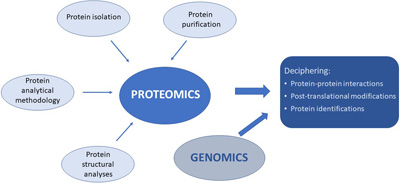
In the last five decades of the 20th century, the original tools of protein chemistry combined and evolved to form the powerful largely mass spectrometry-based technology known as proteomics. This, together with the burgeoning science of genomics, has allowed the sensitive identification of proteins in complex samples, the principal targets of proteomics, including protein–protein interactions and post-translational modifications and their intricate roles in functional health and disease.
 , Guangzu Zhao, Victoria Ozberk, Ashwini Kumar Giddam, Zeinab G. Khalil, Manisha Pandey, Waleed M. Hussein, Reshma J. Nevagi, Michael R. Batzloff, Robert J. Capon
, Guangzu Zhao, Victoria Ozberk, Ashwini Kumar Giddam, Zeinab G. Khalil, Manisha Pandey, Waleed M. Hussein, Reshma J. Nevagi, Michael R. Batzloff, Robert J. Capon  , Michael F. Good and Istvan Toth
, Michael F. Good and Istvan Toth
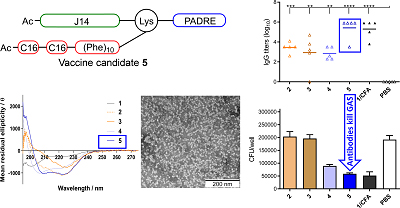
The peptide epitope derived from Group A Streptococcus M-protein upon conjugation with a lipidated polyphenylalanine moiety adopted a helical conformation, was able to self-assemble into nanoparticles and induced production of a high level of opsonic antibodies in immunized mice.
CH22167 Abstract | CH22167 Full Text | CH22167PDF (3.6 MB) | CH22167Supplementary Material (756 KB) Open Access Article
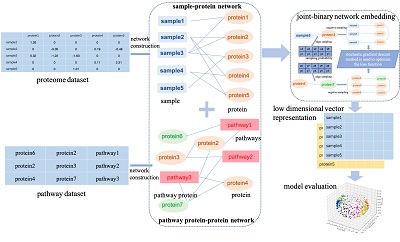
The rapid production of high-throughput cancer omics data and biomedical texts provide valuable data resources for revealing the pathogenesis, prognosis prediction and treatment strategies of cancer. However, it brings great challenges to data analysis. This study applies the representation learning method to the joint analysis of knowledge graph and omics data. The results show that our method can realize the seamless connection between omics data and knowledge graph, help to mine biological knowledge contained in omics data and provide a new perspective for further explanation of molecular mechanism.
CH22176 Abstract | CH22176 Full Text | CH22176PDF (2.5 MB) | CH22176Supplementary Material (944 KB) Open Access Article


Acein, H–Pro–Pro–Thr–Thr–Thr–Lys–Phe–Ala–Ala–OH, stimulates dopamine release in the brain by interacting with angiotensin converting enzyme. The biological activity is contained in the C-terminal pentapeptide, and some analogues. Accordingly, the pentapeptide constitutes a good model for the design of new drugs in pathologies related to alteration of the dopaminergic system.
 , Neil M. O’Brien-Simpson, Mohammed Akhter Hossain and John D. Wade
, Neil M. O’Brien-Simpson, Mohammed Akhter Hossain and John D. Wade 
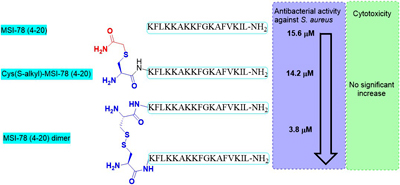
Chemically directed dimerisation of antimicrobial peptides via a disulfide bond represents a generally useful means of producing antimicrobial agents with potentially improved bacterial selectivity.
CH23022 Abstract | CH23022 Full Text | CH23022PDF (1.4 MB) | CH23022Supplementary Material (1 MB) Open Access Article
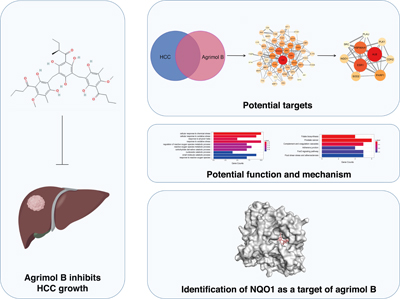
Agrimol B is a small molecule isolated from traditional Chinese herbal medicine with potential anti-cancer effect. In this report, we found that agrimol B markedly inhibits HCC cell growth. We then screened 53 potential targets of agrimol B and identified the most essential targets through a network pharmacology approach. Additionally, we gained insight into the potential function and mechanisms of agrimol B through bioinformatics analysis. Ultimately, we identified NQO1 as a molecular target of agrimol B. Our study provides a preliminary foundation for preclinical research and clinical applications of agrimol B.

Freezer-induced patient urine sediments were used to phenotype patients with CHST3-related skeletal dysplasia by sequentially profiling the glycosaminoglycans and identifying their potential protein carriers.
CH23041 Abstract | CH23041 Full Text | CH23041PDF (1.2 MB) | CH23041Supplementary Material (491 KB) Open Access Article
 , Samuel H. Gellman, Erinna F. Lee, W. Douglas Fairlie and Marie-Isabel Aguilar
, Samuel H. Gellman, Erinna F. Lee, W. Douglas Fairlie and Marie-Isabel Aguilar 
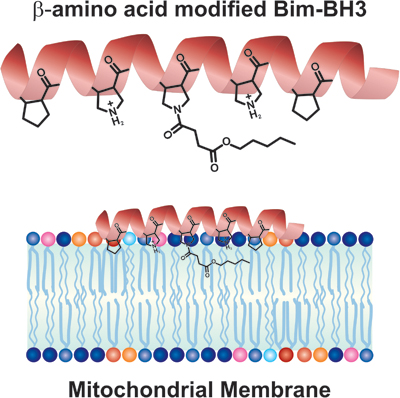
The membrane binding of two peptides designed to exhibit enhanced membrane permeability to allow cell entry and engagement of Bcl-2 family members shows that an RRR motif significantly enhances peptide binding and insertion into a mitochondrial membrane mimic and provides insights into selective membrane targeting of peptides.
CH23063 Abstract | CH23063 Full Text | CH23063PDF (1.2 MB) | CH23063Supplementary Material (515 KB) Open Access Article
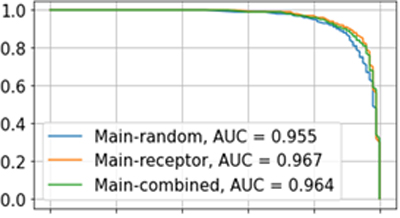
Testing machine learning predictors of cell penetrating peptides against new peptide candidates is often disappointing, despite the use of sophisticated classifiers and complex feature encoding schemes. The unrepresentativeness of used datasets, ill-conditioned data, redundant feature sets, and deficient evaluation procedures commonly lead to inconsistent results and ungeneralizable models. Accordingly, we propose a holistic strategy to negate sources of error to obtain a stable, consistent, accurate, and generalizable model.
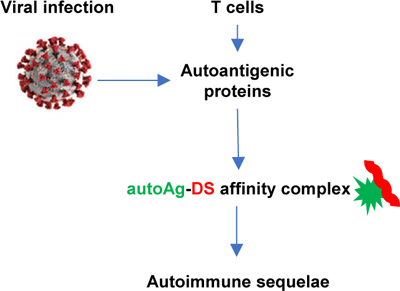
Based on the unique affinity between autoantigens (autoAgs) and dermatan sulfate (DS), this paper reports 140 candidate autoAgs identified from proteome extracts of Jurkat T-cells, with at least 105 (75%) being known targets of autoantibodies in various autoimmune diseases and cancer. Comparison with currently available multi-omic COVID-19 data shows that 125 (89%) DS-affinity proteins are altered in SARS-CoV-2-infected cells or patients. AutoAgs, such as LCP1 and NACA, that are altered in the T cells of COVID-19 patients may provide insight into T-cell responses during viral infection.
CH22268 Abstract | CH22268 Full Text | CH22268PDF (3 MB) | CH22268Supplementary Material (54 KB) Open Access Article
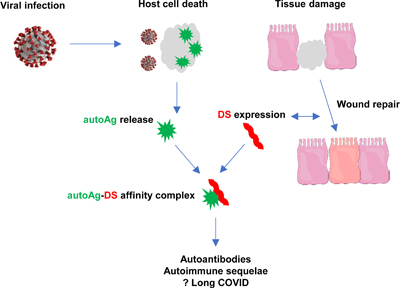
This paper investigates the autoantigenic proteome (‘autoantigen-ome’) of human B cells and shows that a large fraction of these DS-binding autoantigens is affected during SARS-CoV-2 infection, giving rise to a diverse pool of autoAgs that may lead to infection-induced autoimmune diseases. The COVID autoantigen-ome provided in this paper may serve as a molecular map and resource for investigating autoimmune phenomena of SARS-CoV-2 infection and its long-term sequelae. Understanding immunogenic proteins of COVID may also enhance vaccine target design.
CH22267 Abstract | CH22267 Full Text | CH22267PDF (7.1 MB) | CH22267Supplementary Material (105 KB) Open Access Article